- Antipasti
- Bella Italia
- Dessert
- Drinks
- Favorite Italian recipes
- Main courses
- Pasta
- Pizza
- Side dishes and salad
- Tips & Knowledge
Sicilian marzipan fruits – Frutti della Martorana
Today I have a post that clearly shows the differences between Italian and German food culture. It’s about marzipan fruits, Frutti della Martorana in Italian. Well, what do you think of as a German marzipan specialty? – That’s right. Marzipan potatoes. Potatoes! Not very appetizing. In Italy, on the other hand, in Sicily to be […]

Table of contents
Today I have a post that clearly shows the differences between Italian and German food culture. It’s about marzipan fruits, Frutti della Martorana in Italian. Well, what do you think of as a German marzipan specialty? – That’s right. Marzipan potatoes. Potatoes! Not very appetizing. In Italy, on the other hand, in Sicily to be precise, marzipan comes in every imaginable shape and color: apples, oranges, melons, cucumbers (yes, that’s not fruit), pears… Now that’s what I call the art of confectionery!
The origin of marzipan fruits
The origins of Sicilian marzipan go back to the monastery of La Martorana in Palermo, which also lent its name to this Sicilian specialty. It was founded at the end of the 12th century by Eloisia Martorana. Marzipan production was known from the time of Arab rule over Sicily and the Martorana nuns had developed a special skill in it. Legend has it that on the occasion of a visit by Pope Clement V, deceptively real-looking trees with apples, figs and grapes were erected. The Pope was delighted and so began the success story of the Frutti della Martorana.

Marzipan fruits at a market
The preparation of marzipan fruits
Peeled almonds, powdered sugar, lemon essence or orange blossom water and vanilla are needed to make marzipan fruits. Almond, orange and lemon trees are characteristic of the Sicilian landscape, so there is no shortage of them. Fruit and vegetable shapes are modelled from the marzipan paste and then dyed with vegetable food coloring to create deceptively realistic replicas.
On All Saints’ Day (the day before Halloween), these fruits are placed next to children’s beds to delight them with sweets.
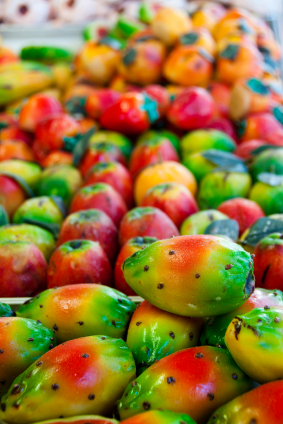
Marzipan papayas
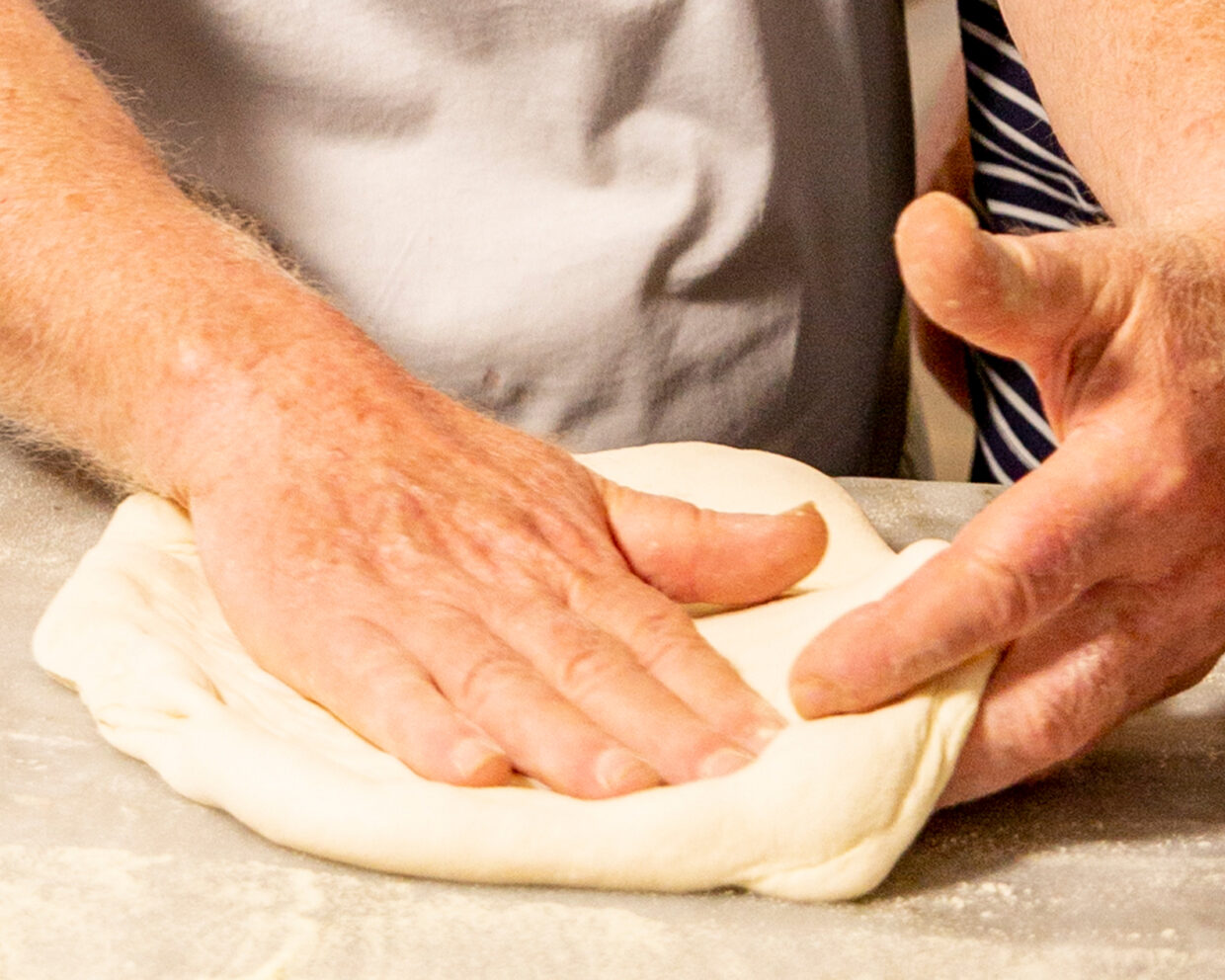
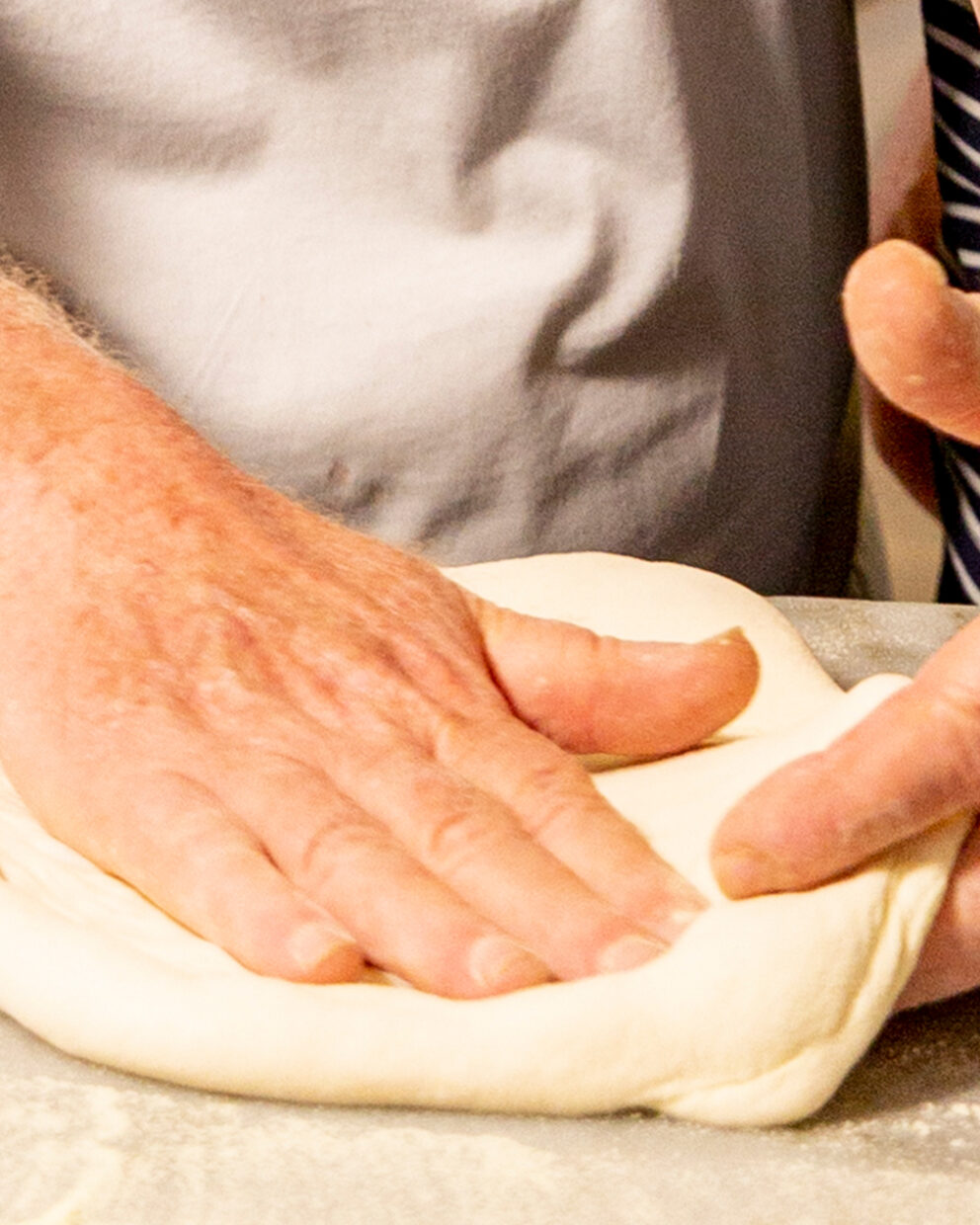
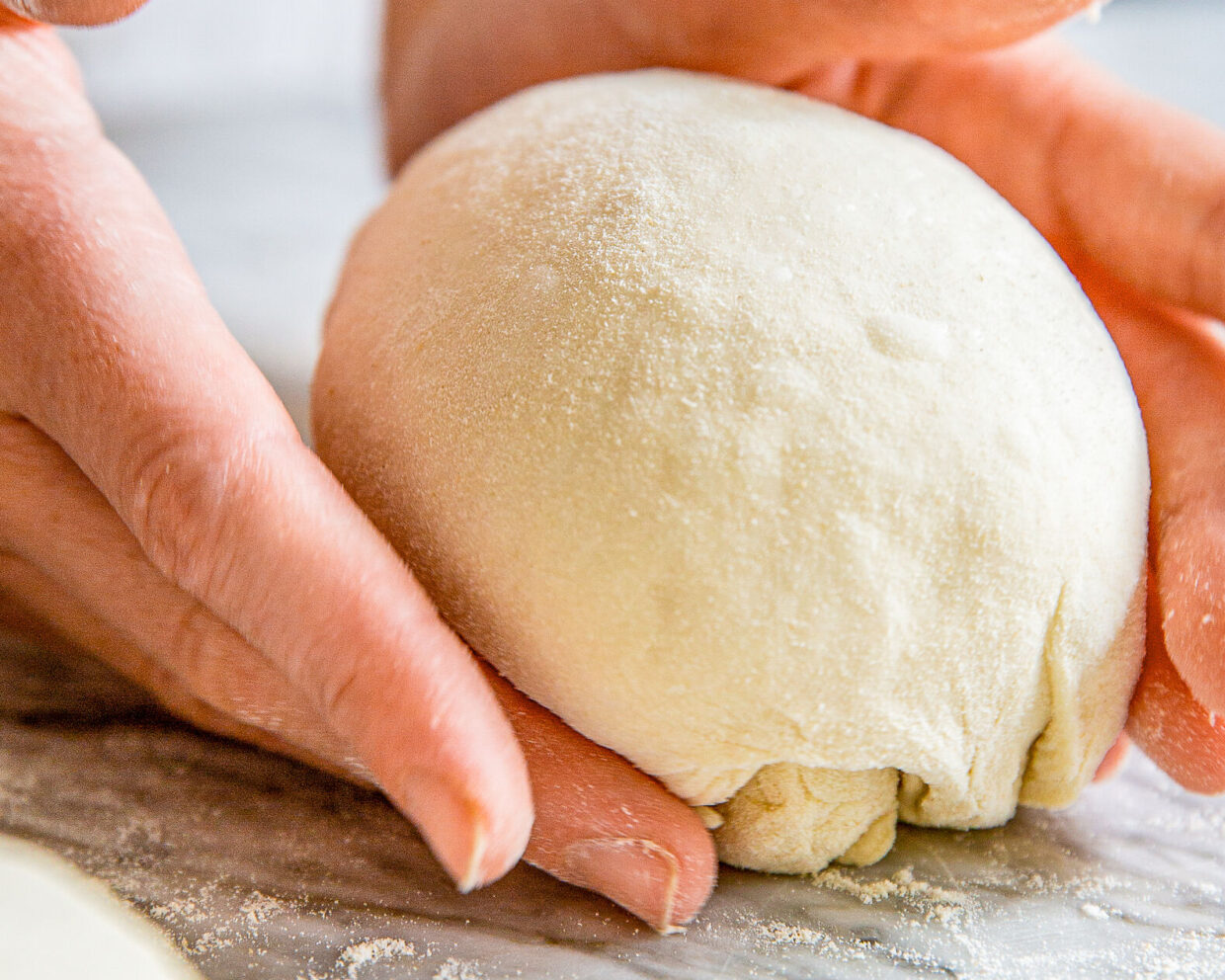
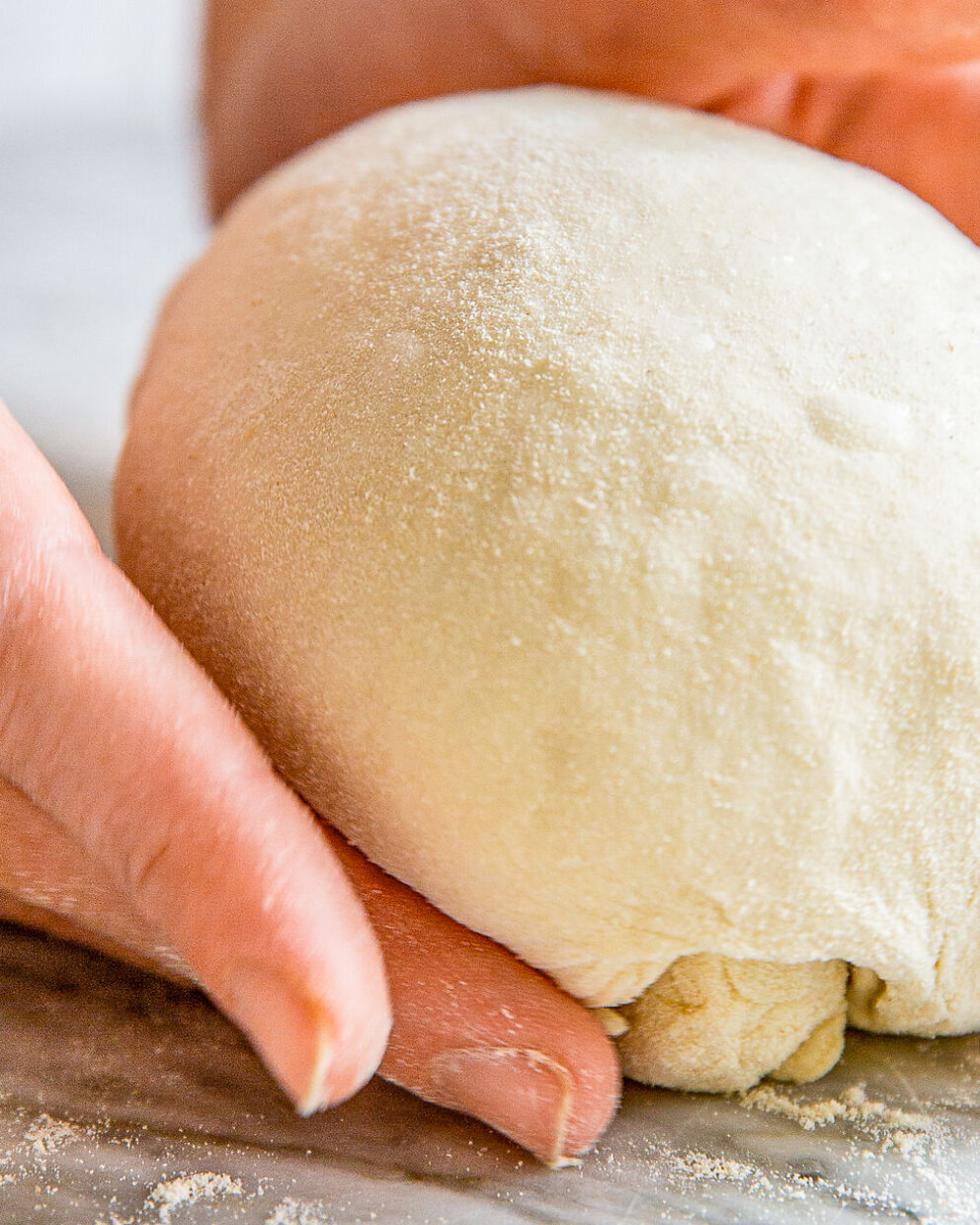
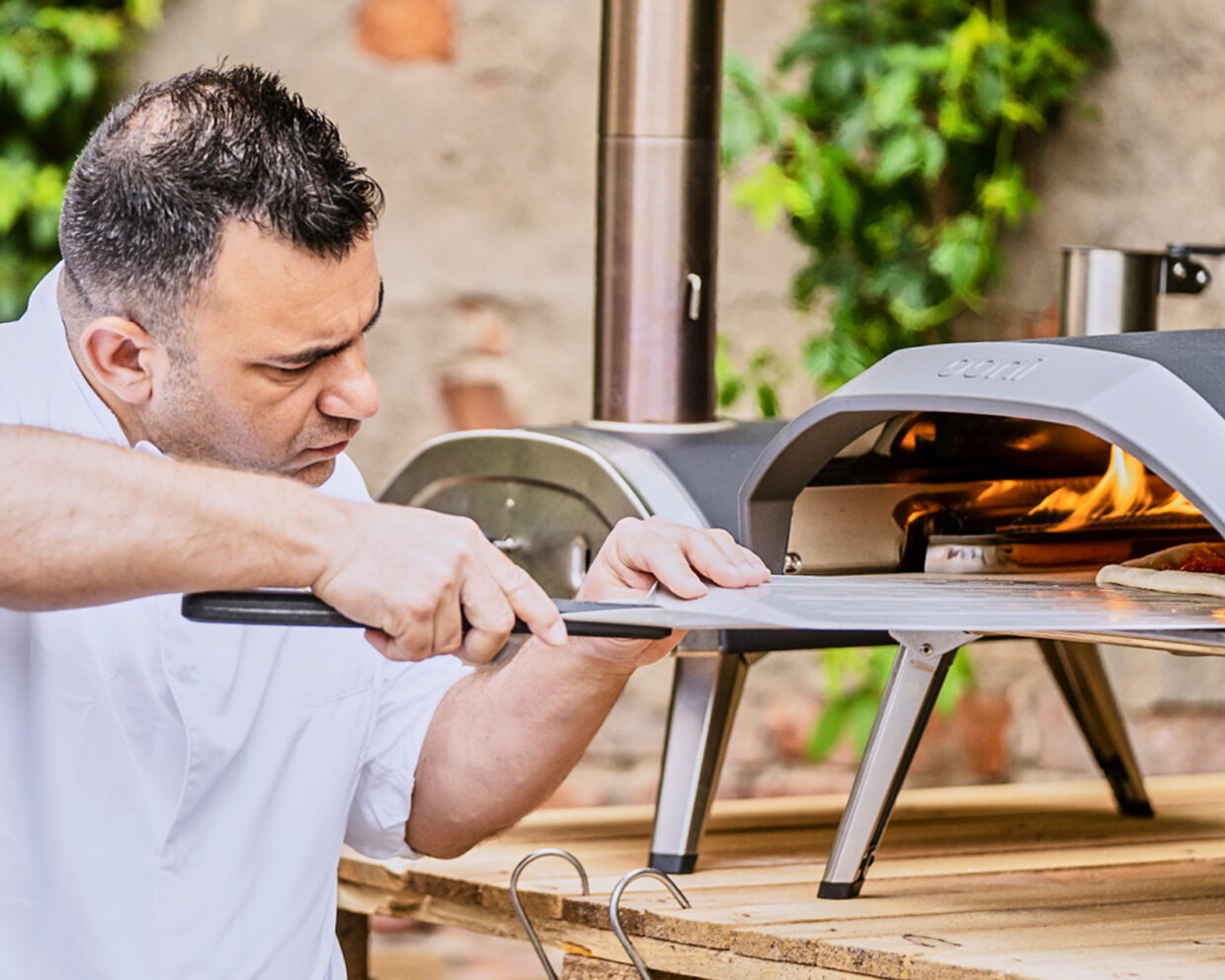
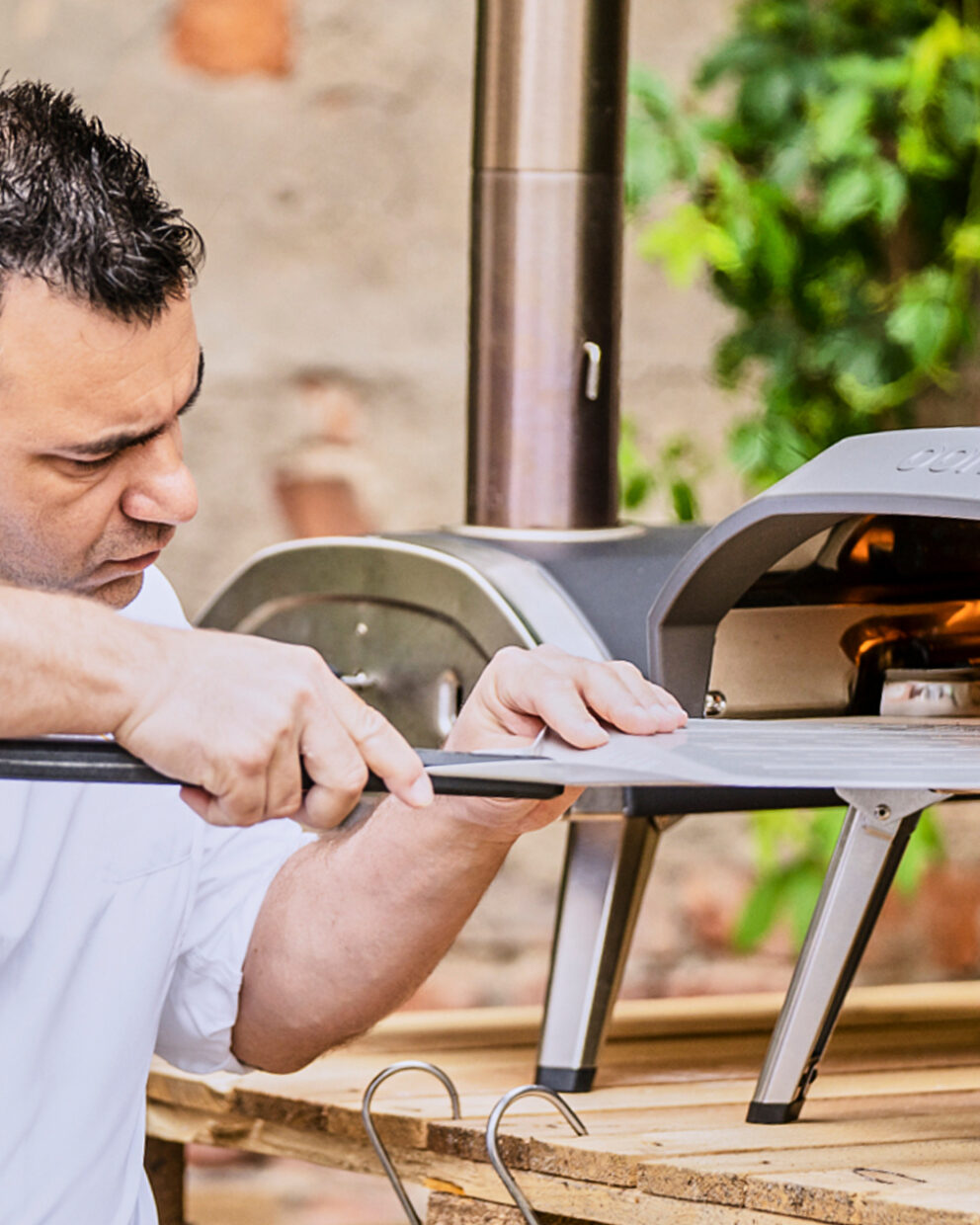
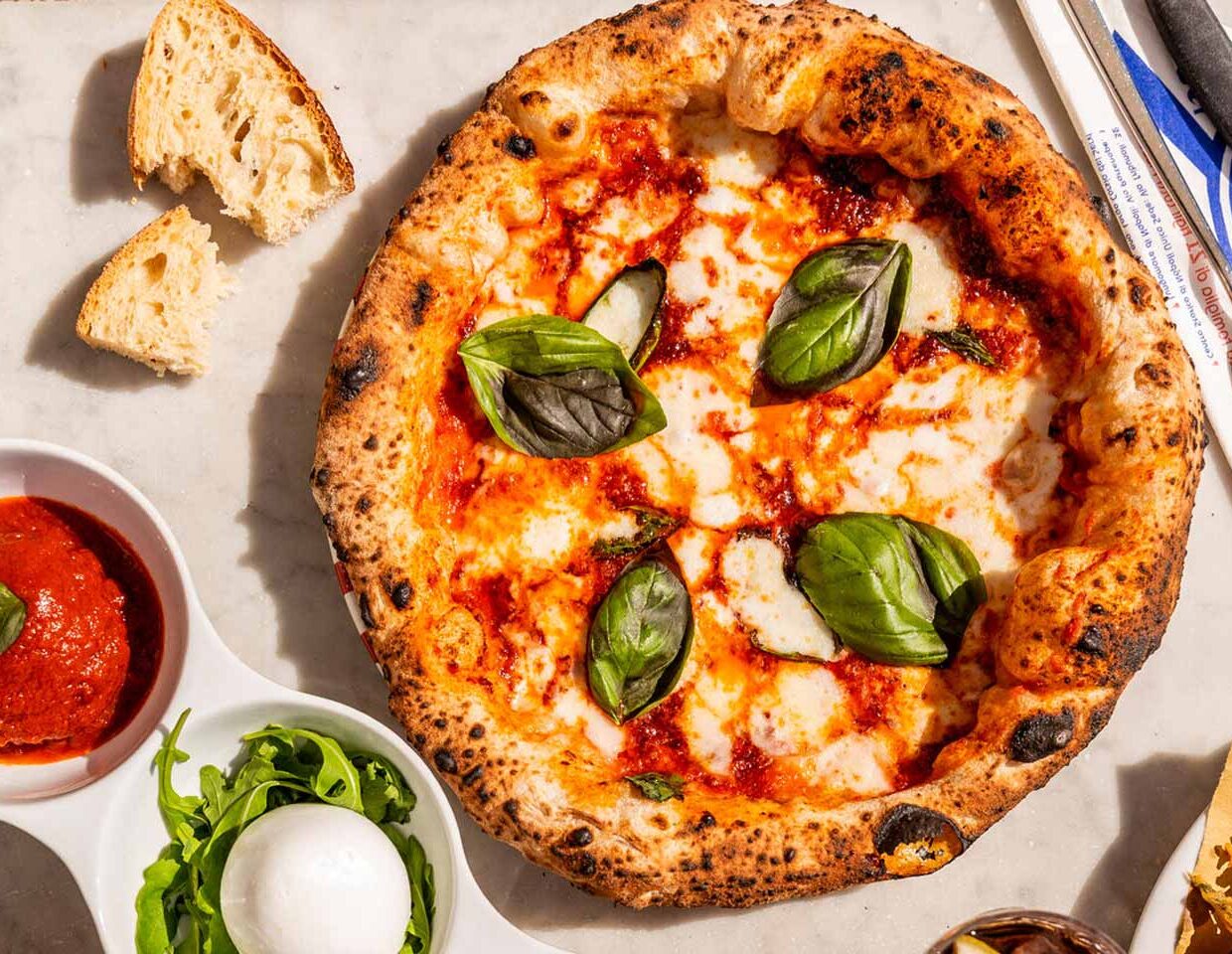

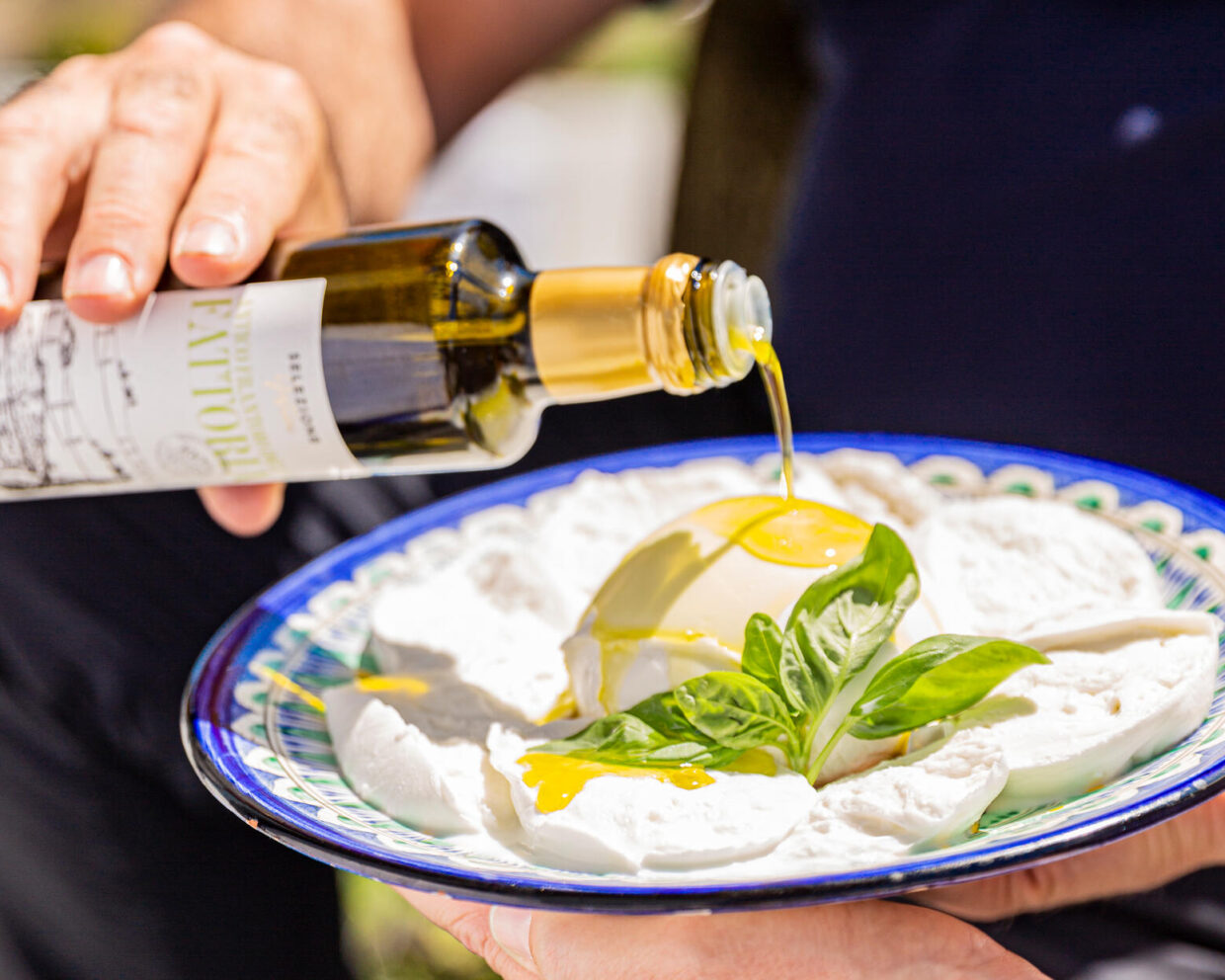
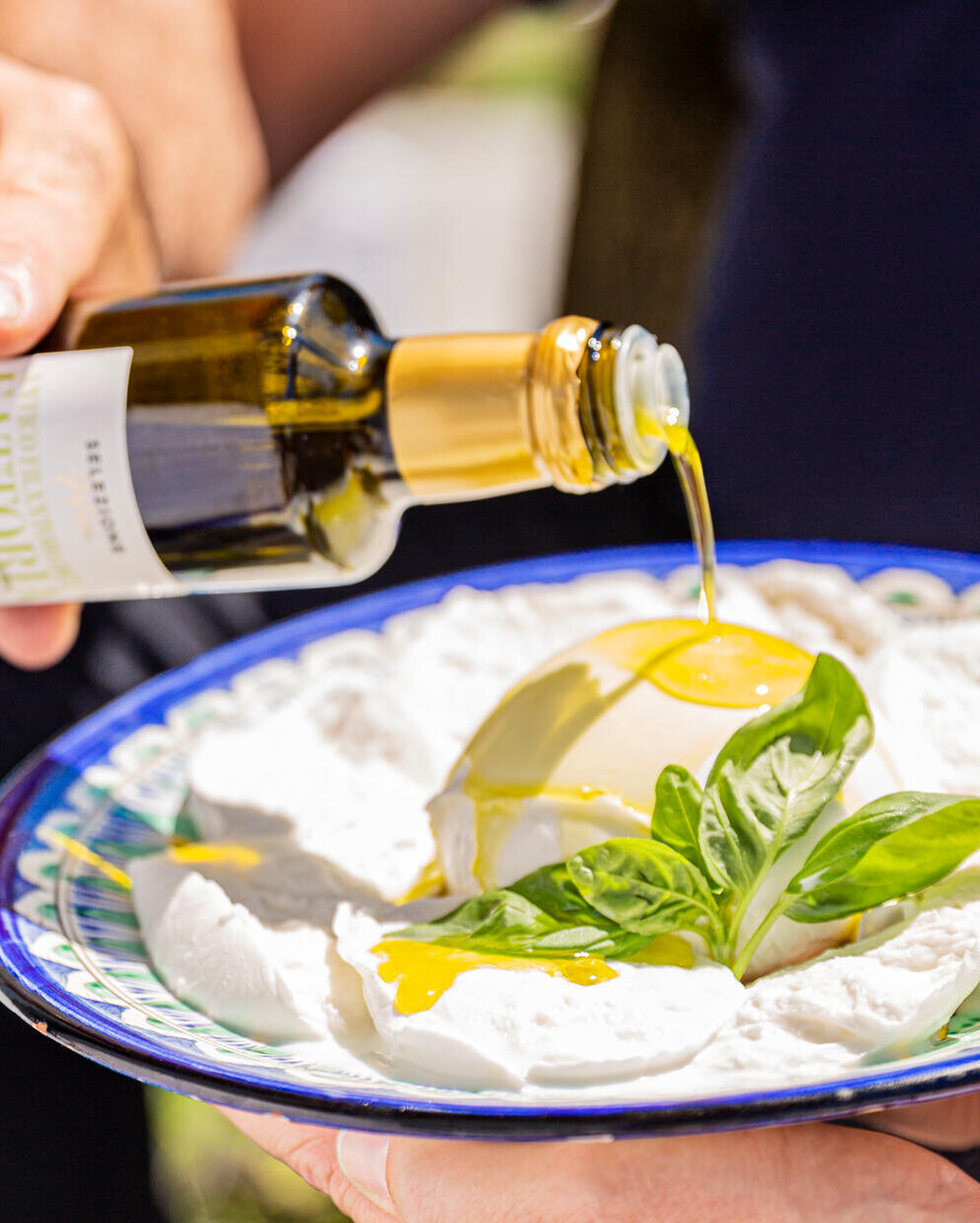
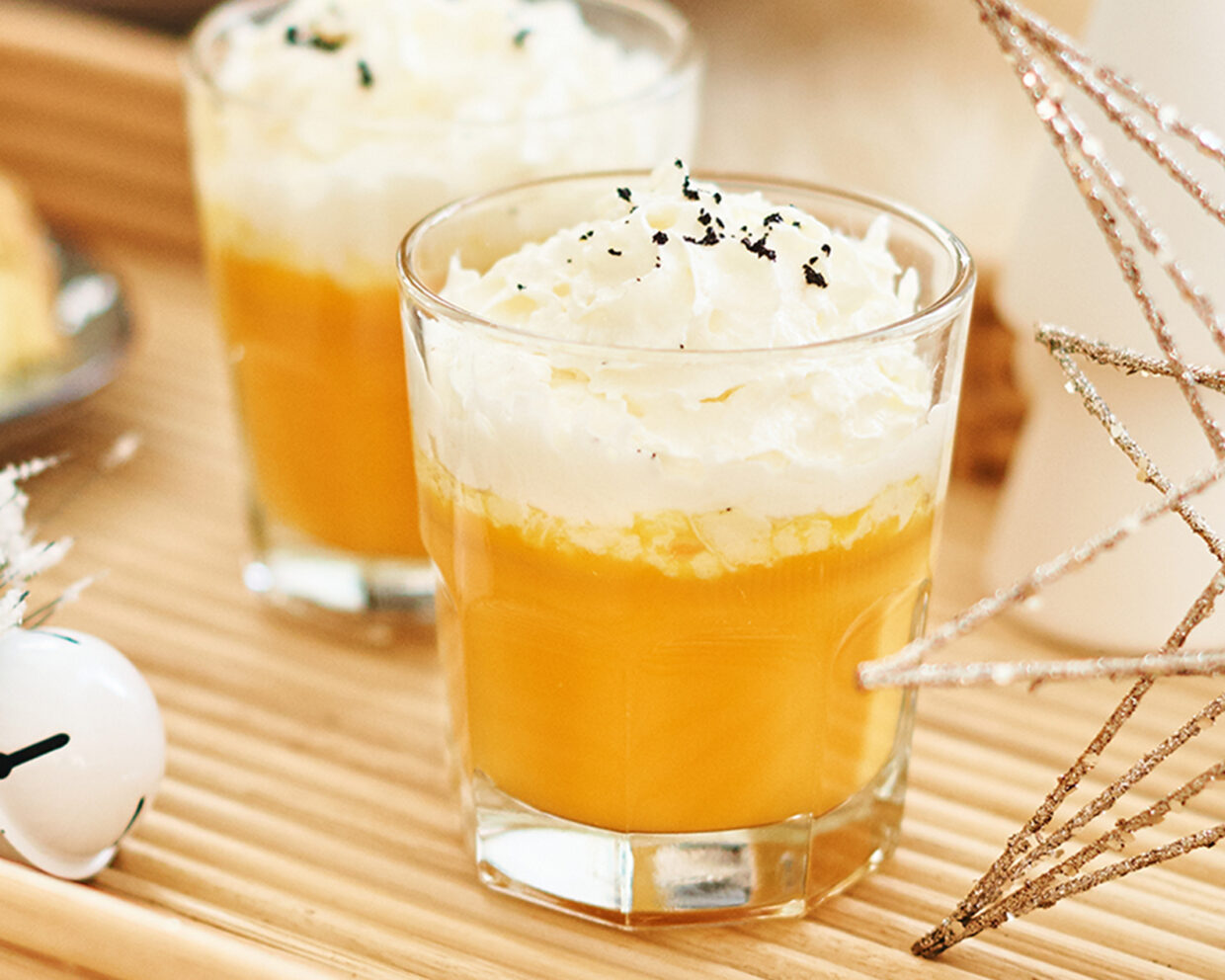
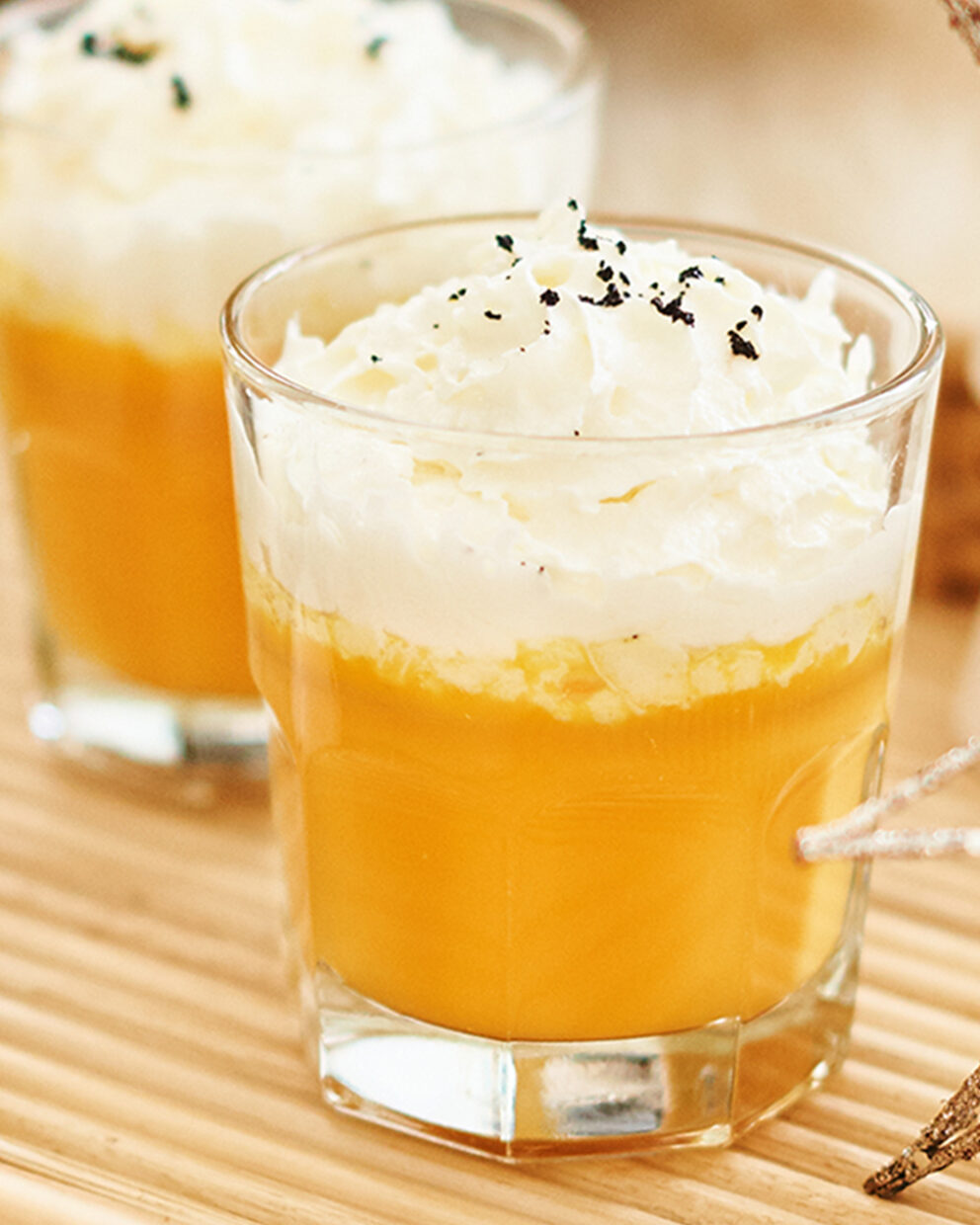
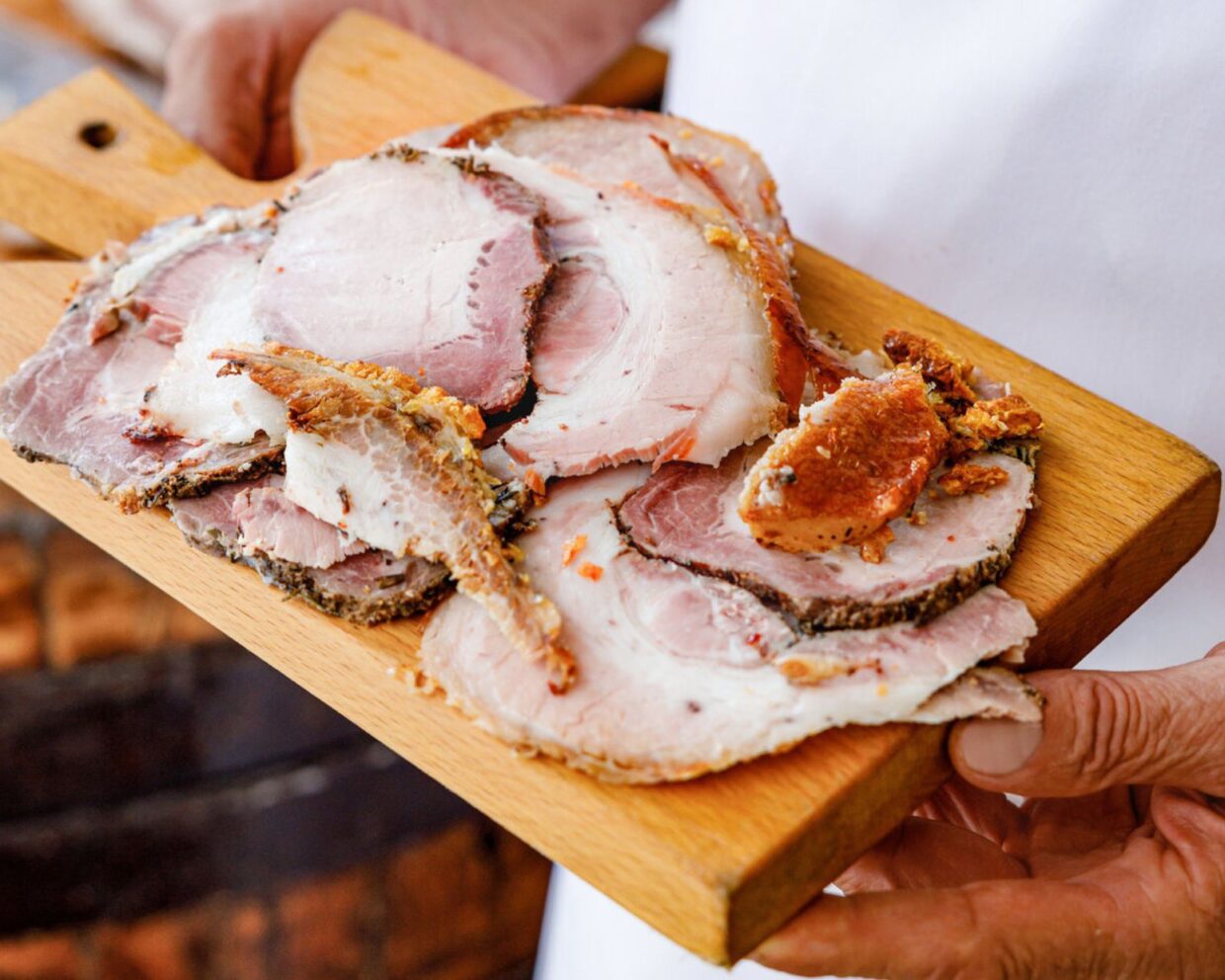
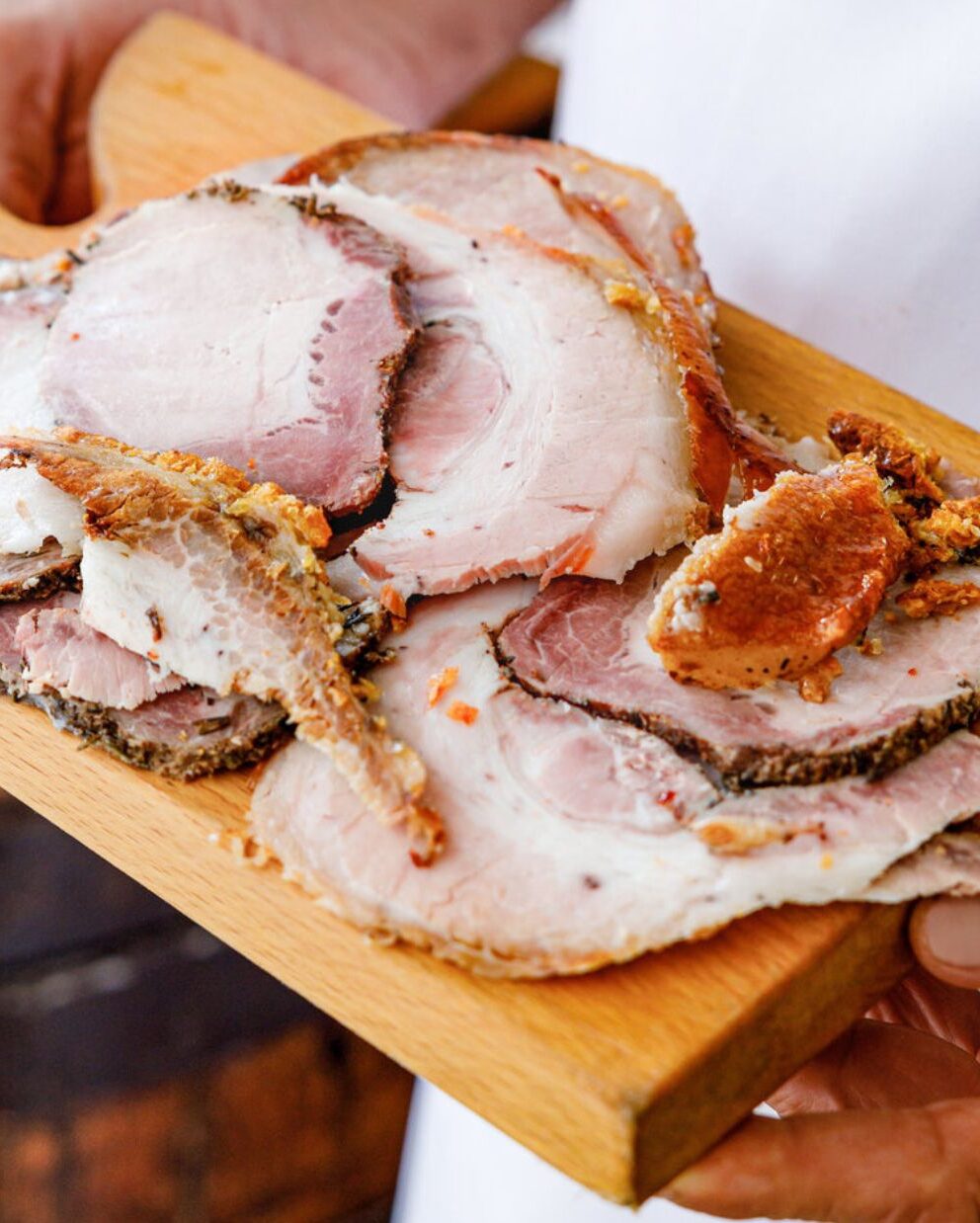


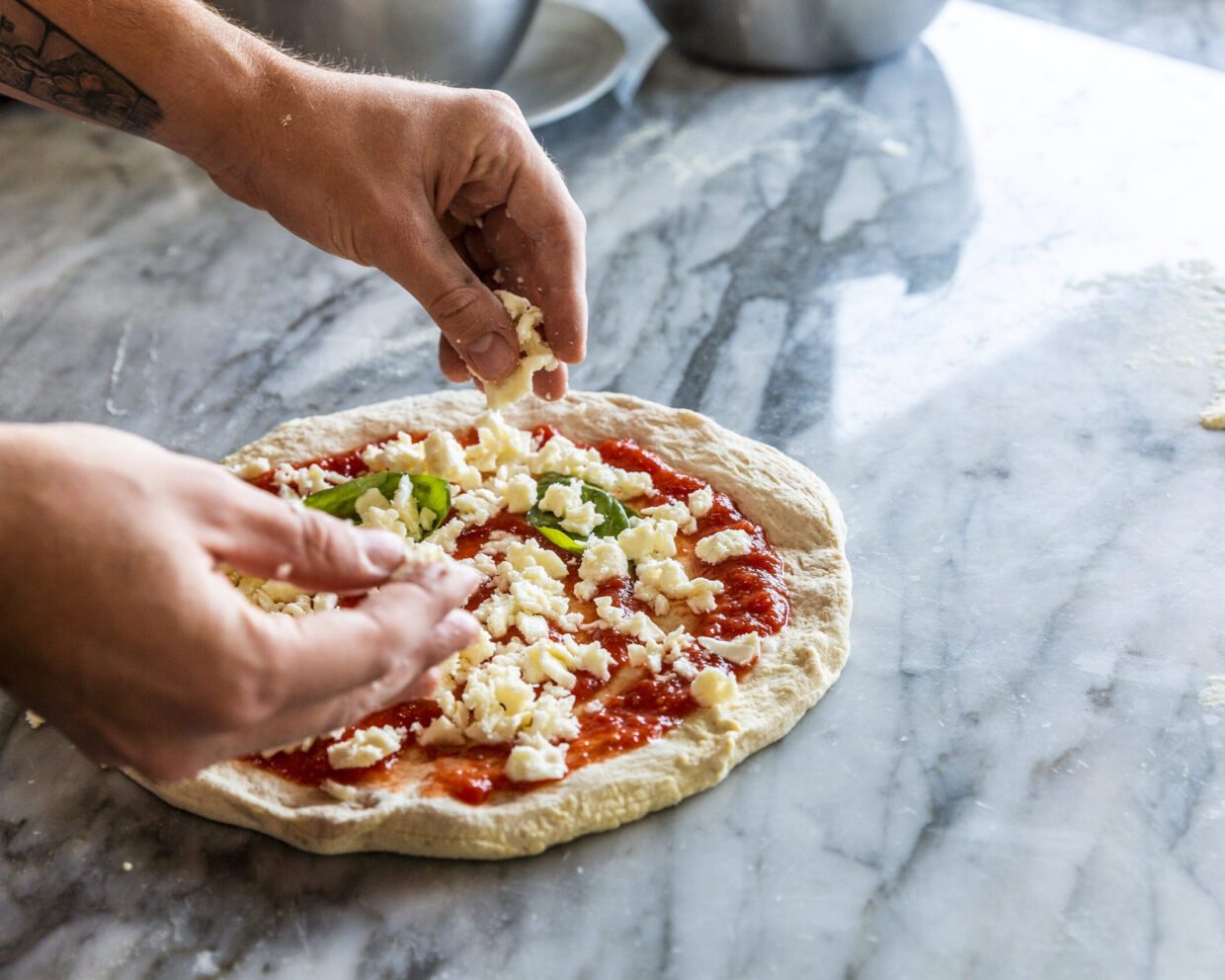
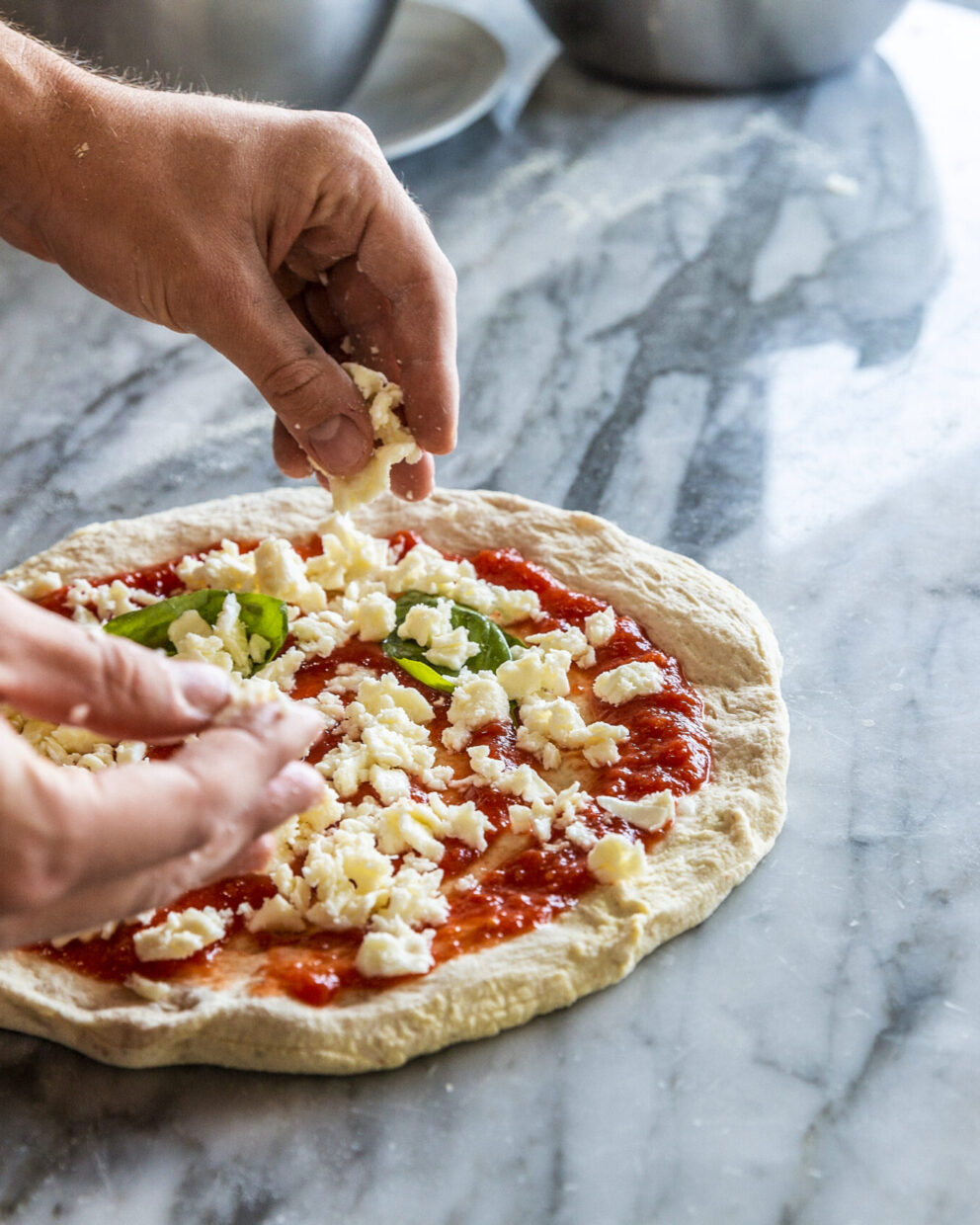
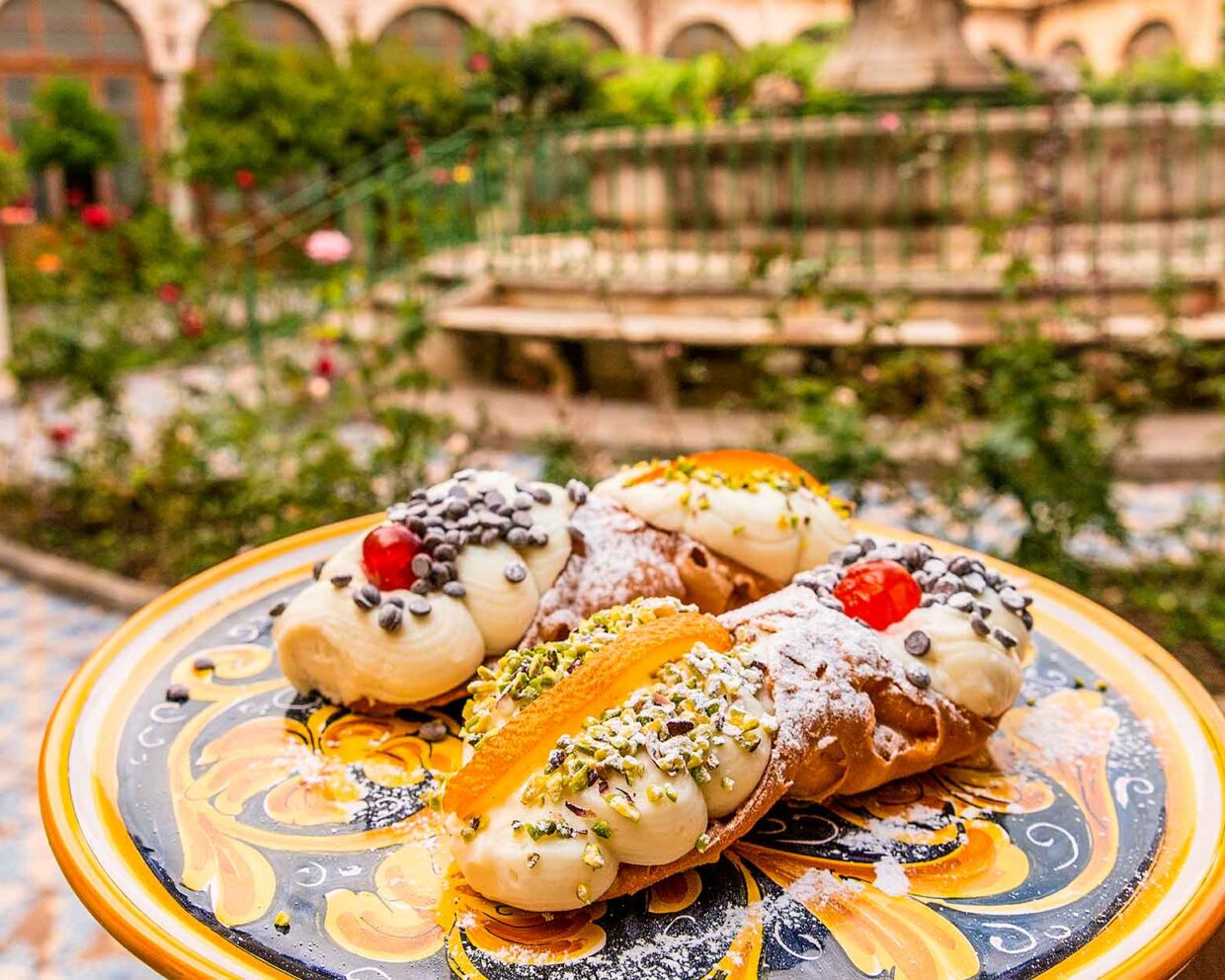
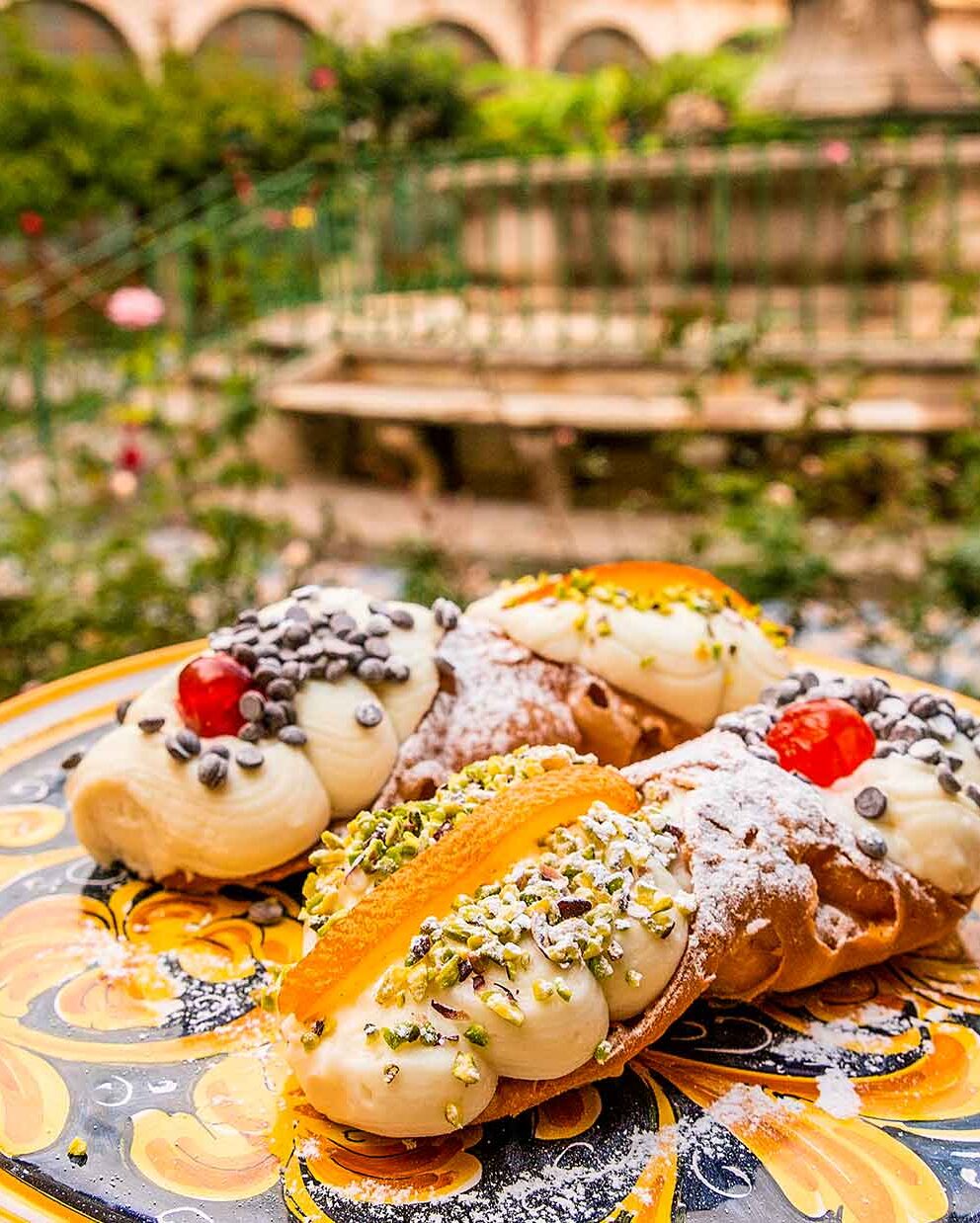
Want to share your thoughts? We're excited to hear what you think of the article. Tell us about your ideas, tips or questions! Leave a comment and share your knowledge with the community. Your opinion counts.
Write a comment